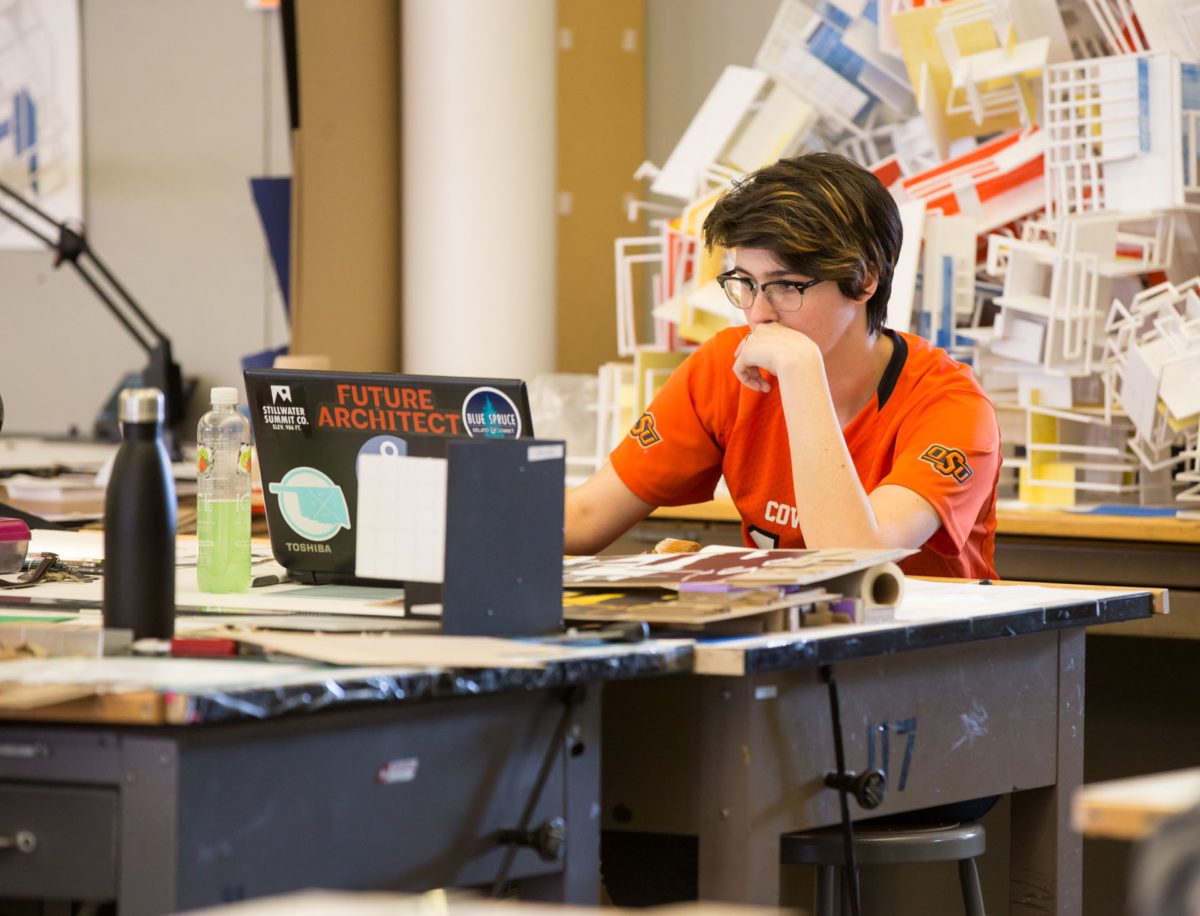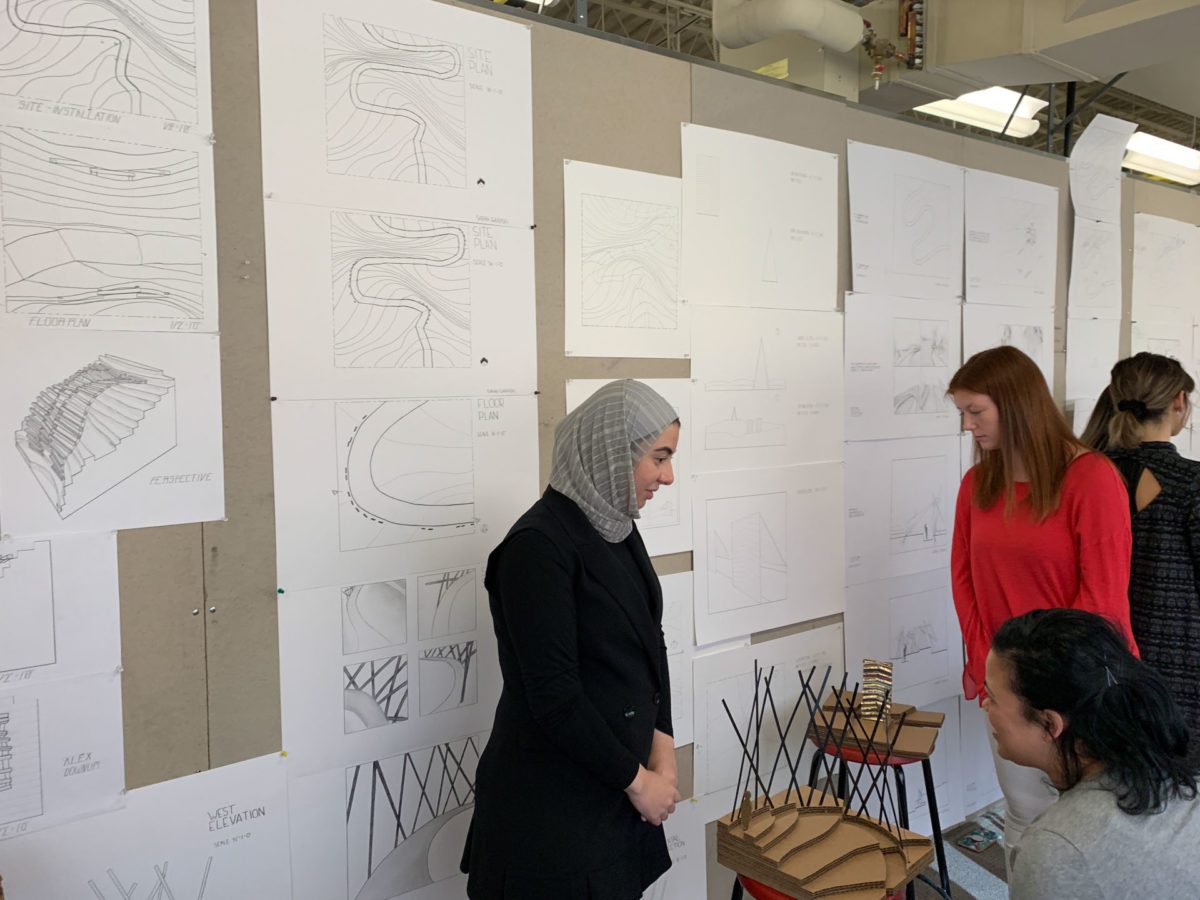Oklahoma has a rich history when it comes to the study of architecture and the built environment. The two schools with accredited degree programs in Oklahoma – Oklahoma State University and the University of Oklahoma – bring distinctive perspectives to the discipline.
The architecture school at OU started admitting students in 1926, and two decades later, with the arrival of architect Bruce Goff as chairman, the program took “a dramatically different course that proved to be unique and somewhat revolutionary, not only for OU, but globally for architecture pedagogy,” says Hans Butzer, dean of the Christopher C. Gibbs College of Architecture.
During this time period, OU faculty developed an approach to architecture that was grounded in an understanding of the designs of Native American tribes, of the available materials in Oklahoma, and deep-seated respect for people and places, according to Stephanie Pilat, director of the Division of Architecture, part of the College of Architecture.
“Our program became one of the few that truly emphasized architecture as a part of, or extension of, nature and natural resources,” says Butzer. “What today we call sustainability and resilience.”
And this history informs the current program’s core emphasis on sustainability and resilience, health and well-being in the built environment, as well as entrepreneurship and experimentation, says Butzer.
The architecture program at OSU was established in 1909, making it one of the oldest schools of architecture in the U.S. One of the unique traditions that has endured through this long history is that each student has a dedicated workspace and desk, says Suzanne Bilbeisi, professor and head of the School of Architecture. This allows students to work in teams and learn from one another. There are about 350 students through the five-year program, allowing students to work closely with faculty.
“Every student has the opportunity to work with every faculty member and get to know them on a personal level,” says Bilbeisi. “I’m very proud of our community at the school of architecture.”
But what attracts a student to the study of the built environment? Bilbeisi says that prospective students tend to either enjoy drawing and building with toys, or they observe architecture around them in everyday life and when they travel.
“Architecture is a really interdisciplinary field, in that it requires people with a wide range of skill sets, and no single person has all of them,” says Pilat. “Really, you need to be a collaborative problem-solver.”
Cooperation and teamwork, as well as creative problem-solving, are some of the foundational skills that students learn from an architecture degree. Pupils work through problems with no clear path to solution, and are required to think creatively to solve them, says Pilat.
“Buildings take a whole lot of people to make happen, and so you’re always working in a team of people,” says Bilbeisi. “So if you can get to know how to work with other people and how to appreciate the design processes of your peers, that’s helpful to you in the real world.”
Job Options Abound
The architectural schools in Oklahoma prepare students for future employment through mentoring programs, practicums, professional workshops and professional connections made in school.
Graduates of these programs can expect opportunities to work in architectural firms, construction administration, interior design or for planning firms, city municipalities and the real estate industry. They may work as a design architect, within a corporation representing a client, or in rendering creative drawings.





























